I decided not to have a summer holiday this year and instead do day trips to Sussex which is only about 80-90 minutes from home, on my own with my DSLR camera for company. I wanted to focus on visiting historic little Sussex churches in obscure places.
I’ve focused on churches with historic interest, be it for their age (some as old as 9th century), their features or even their setting. I have been the only person at every church I’ve visited so far as these are off the beaten track for tourists. That was one of their attractions for me. I could have visited large churches, cathedrals or castles in towns where there would be loads of visitors but I find crowds of people so unappealing. I glean a lot of interiors inspiration from these beautiful old churches - their architecture, attention to detail and colour palettes.
In my usual organised fashion, I create a document on my laptop for each day trip with the full address and opening times of each church, a description of the historic features of the church and even the time it takes to drive between each church. That way I don’t waste time trying to find each church however I do try to admire the glorious scenery along the way.
The first day trip was on 9th July and I visited the following churches:
Church of the Holy Sepulchre, Warminghurst
The first church Church of the Holy Sepulchre, Warminghurst near Pulborough, West Sussex is the most beautiful church for its simplicity. It’s a C13 sandstone church with the most glorious views across to the Iron Age fort of Chanctonbury Ring on the South Downs.
Nothing quite prepares you for what you see when you enter. It has an unspoilt, simply wooden C18 interior, which is illuminated by large windows of clear glass. It contains silvery oak pews, a clerk's desk, a triple-decker pulpit, an uneven flagstone floor and a curved brace roof. The interior is so simple yet is totally charming and is an unforgettable experience.
There is also an elegant three-arched wooden screen. Above the screen is a wonderful painting of the coat of arms of Queen Anne, with theatrical swags of painted drapery surrounding it. There is an ample clerk’s chair which suggests the old parish officials were very well fed! The walls contain lovely memorials to the Shelley and Butler families. James Butler bought Warminghurst Park from the Quaker, William Penn - a trustee of the American province of West Jersey (later renamed Pennsylvania). It is said that Penn wrote the first draft of Pennsylvania's constitution at Warminghurst Park.
The church has box pews which provided privacy and allowed a family to sit together. In the 17th century these box pews could include windows, curtains, tables and even fireplaces. They were treated as personal property of the family and left in wills to future generations.
This church also offers champing, a term I’d never heard before. It means the offer camping in the church! As you can see from the church’s champing website it accommodates four people at a time and each bed is conveniently set up in the privacy of a box pew (see image off their website below)! This is something I’d love to experience one day, wouldn’t you?
It was only an 18 minute drive to the next church St Botolph’s church, Botolphs, West Sussex. This Grade I listed flint constructed Saxon church is situated in the valley of the River Adur on a slight rise. It serves the rural hamlet (too small to be labelled a village) of Botolphs, near Bramber. In fact, you can make out the ruined tower of Bramber Castle from the churchyard of St Botolphs. It’s hard to imagine that 700 years ago this church was at the heart of a bustling port and crossing place of the river Adur.
The building dates to about 950 AD and Saxon construction can be seen in the south wall and chancel arch. The slender tower is C13 even though it looks Saxon.
The main interior features are the simple round-headed chancel arch, typical of Saxon work and the simple tub font. The are faint traces of medieval wall paintings around the chancel arch as well as a 14th-century piscina. The pulpit dates to about 1630, and there is panelling in the nave of the same date. The south door has the date 1630 carved into it. When you enter, the church has a warm, welcoming and friendly atmosphere.
I planned to go to my favourite village, Firle, for lunch at the Ram Inn but first I visited the third church St Mary’s Glynde.
St Mary’s church is situated at the top of the village of Glynde and has spectacular views over the Weald and Sussex Downs. This small rectangular church was rebuilt from 1763-65 in beautifully knapped flint and is closely associated with adjacent Glynde Place.
This church is next to Glynde Place, a house built in 1569 by William and Anne Morley, to replace the previous existing family home. It is built from local flint, chalk and Caen stone and has passed through three families to the current owners, Francis and Caroline Hampden and their three children. Here’s a little sneak peak from the church graveyard of a part of Glynde Place.
The interior of the church keeps its dark and opulent C18 atmosphere, with a coved ceiling with a plaster centre-piece and walls covered in reddish brown damask fabric. The centre-piece is more Rococo than the Palladian style of the rest of the church, though the present blue paint is probably not original.
It’s only a seven minute drive to the village of Firle which is one of my favourite villages in Sussex. Firle lies under the Downs (Firle Beacon is just above the village) near Firle Place a manor house in Firle, the family seat of Nicolas Gage, 8th Viscount Gage, whose family the Viscounts Gage have owned the land at Firle since acquiring it from the Levett family in the 15th century. The village is quintessentially English with plenty of beautiful old houses with pretty front gardens but its connection to the Bloomsbury Group that really attracts me.
Before lunch I visited St Peter’s church in Firle. St Peter’s church was built in C12 which can be evidenced by a round-headed Romanesque doorway reset in the north wall. The chancel and tower were added in C13.
The tower is quite striking, with very large, high buttresses at each corner. It appears to have been unbuttressed when built, and the buttresses added at a late date - probably in the 16th and 17th centuries - when the weight of the walls began to put strain on the tower structure. In the graveyard of this church the main protagonists of the Bloomsbury Group, artists Vanessa Bell and Duncan Grant, are buried side by side and a recent plaque laid between their graves to their daughter, Angelica Garnett.
I am a huge fan of the Bloomsbury Group and I’ve visited their graves at least twice a year for several years, usually combined with a visit to nearby Charleston House (home of the Bloomsbury Group), Berwick Church where Vanessa, her son Quentin Bell and Duncan Grant were commissioned by Bishop Bell of Chichester in 1941 to paint decorative frescoes) and Monks House (home of writer Virginia Woolf and her husband Leonard). Actually, Virginia and Leonard briefly in one of the houses on The Street in Firle.
One of the more modern attractions inside St Peter's in the Gage chapel is a stained glass window designed by John Piper, depicting William Blake's 'Tree of Life' from his 'Book of Job' - a tree of life in heavenly Jerusalem.
The window was installed in 1985 in memory of The Rt. Hon. Henry Rainald, 6th Viscount Gage.
I had planned to visit Firle Place, to do the guided tour of the house has a notable collection of works of art and porcelain are of national importance. I’ve been into the grounds many times which are quite spectacular but never into the house. However I was enjoying a delicious, leisurely lunch at the Ram Inn and lost track of time so a visit to Firle Place will have to wait for a future day trip
I hope you have enjoyed this first day trip of four Sussex churches. A week later I headed off for day trip no. 2 (see next blog post) which included the following six churches:
Church of St Mary the Virgin, North Stoke
St Leonard, South Stoke
St Nicholas, Bramber
St Andrew’s, Alfriston
St Andrew’s, Bishopstone
Alciston church
Tomorrow I’m off on day trip no. 5 with a very intense schedule!

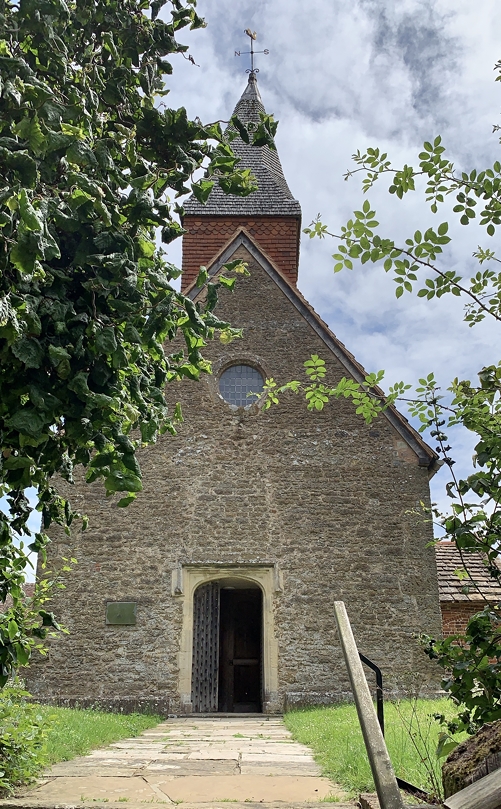
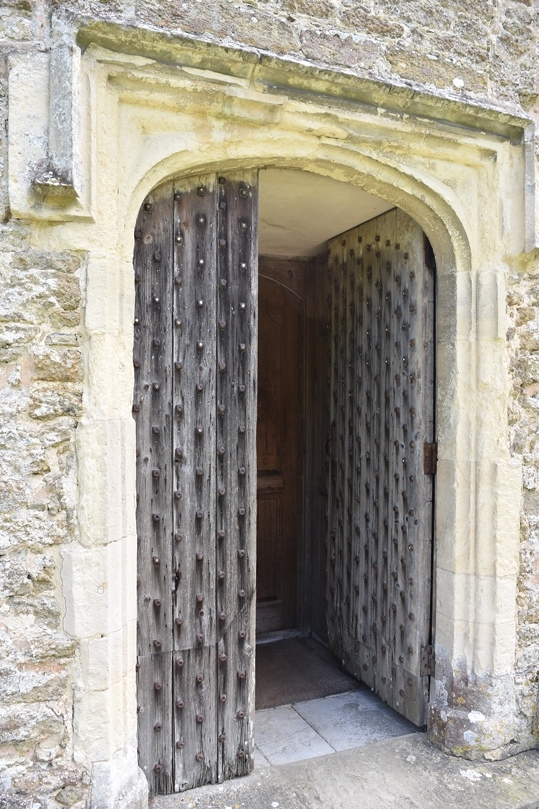
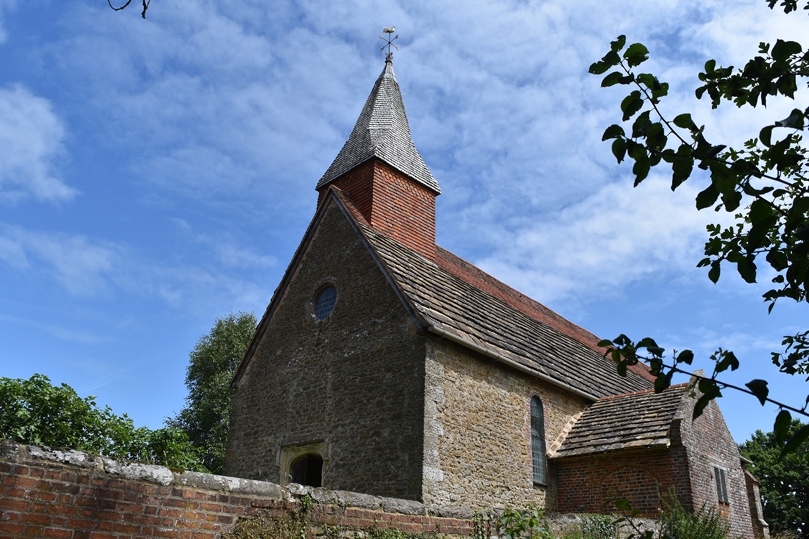
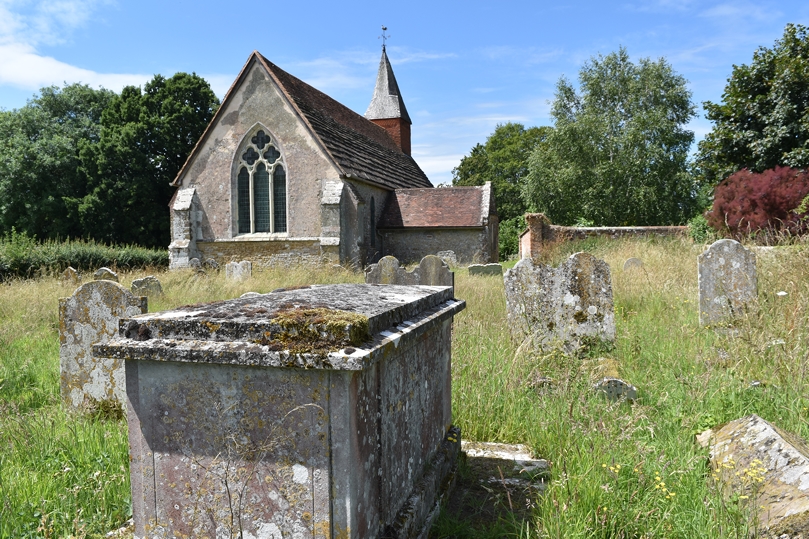
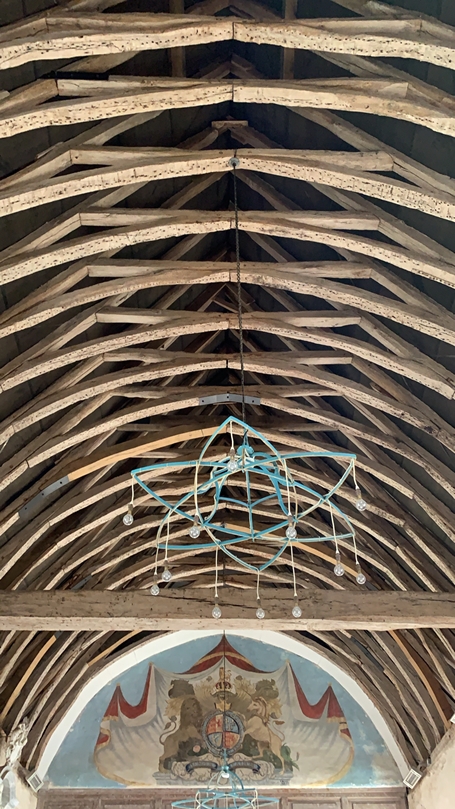
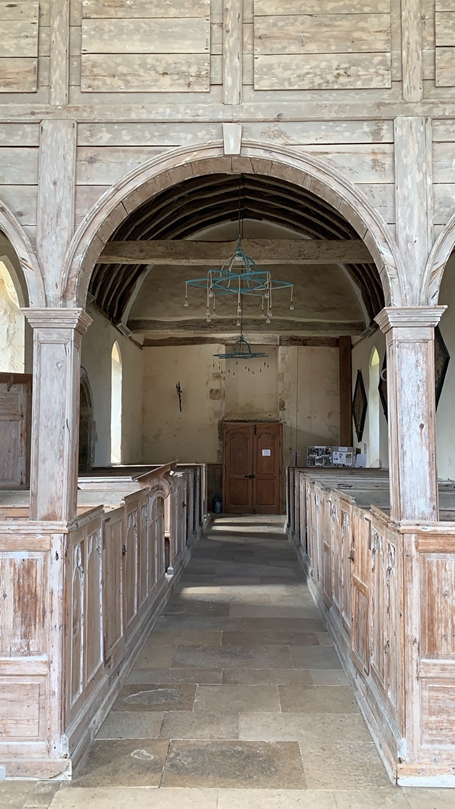
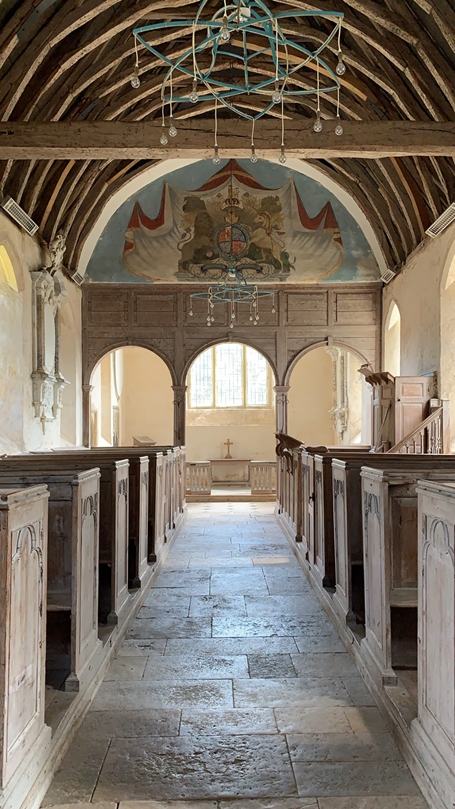
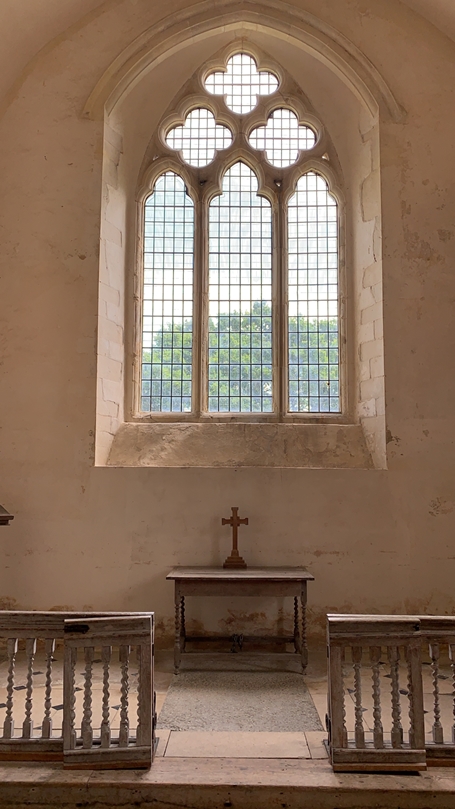
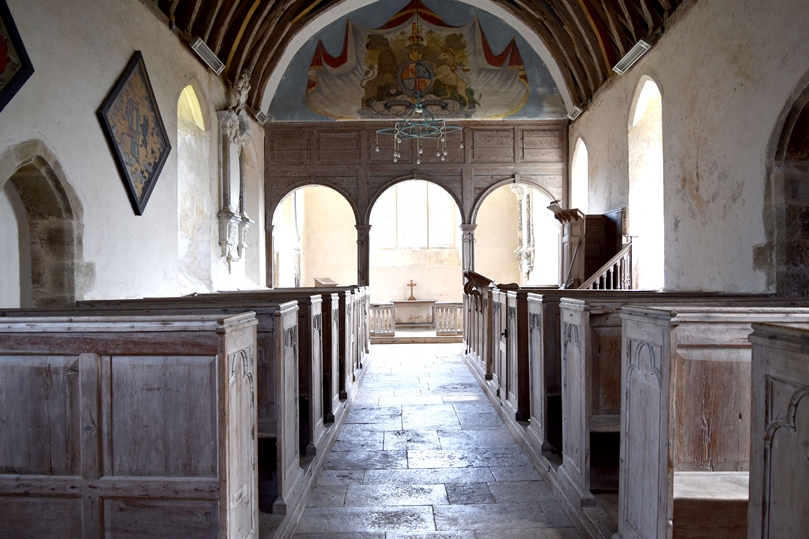
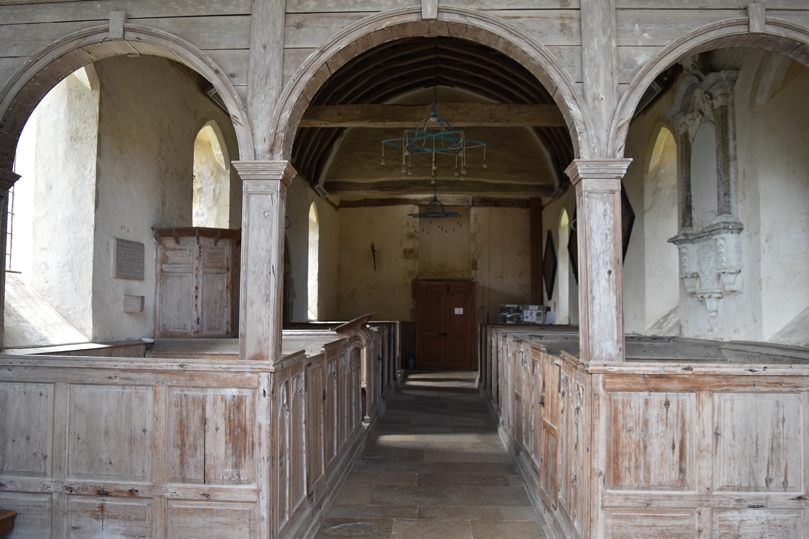
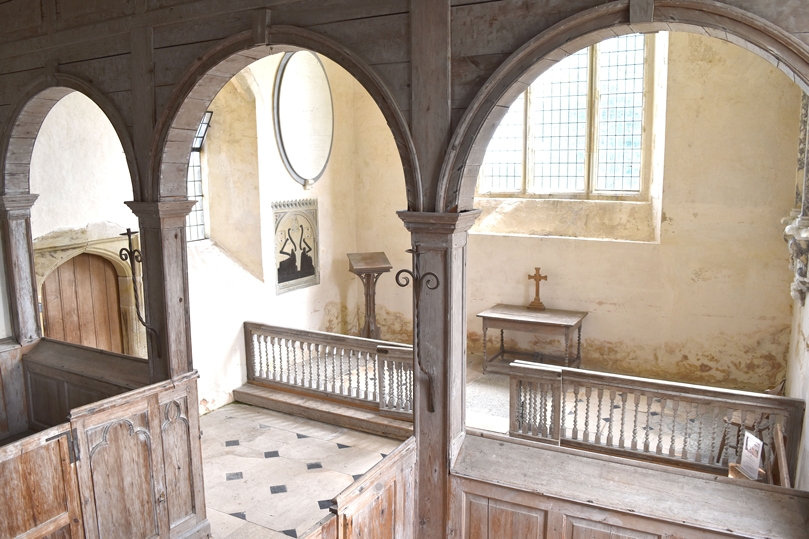
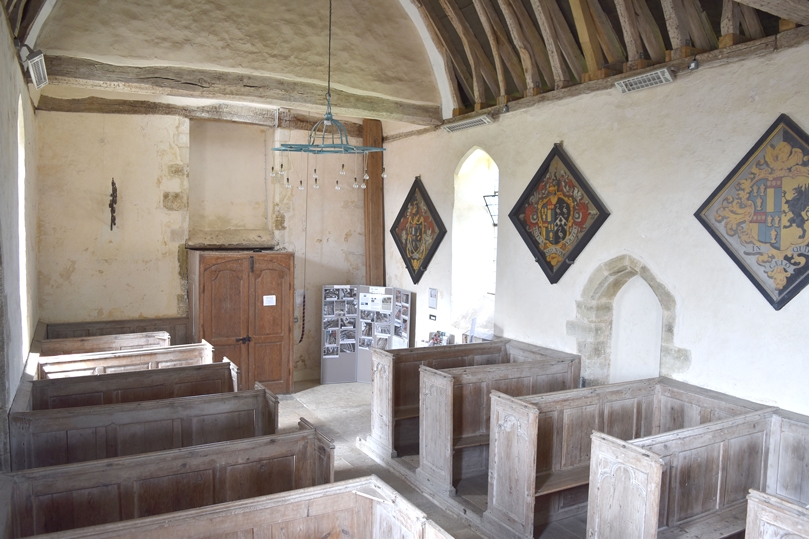
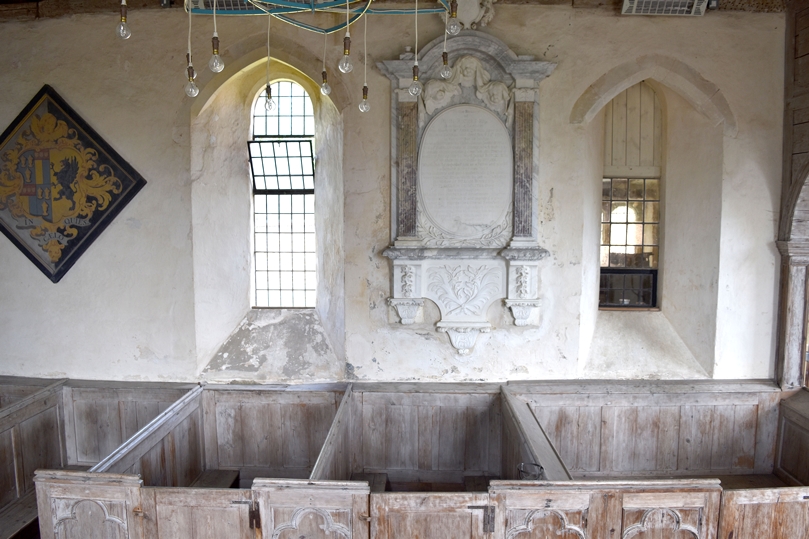
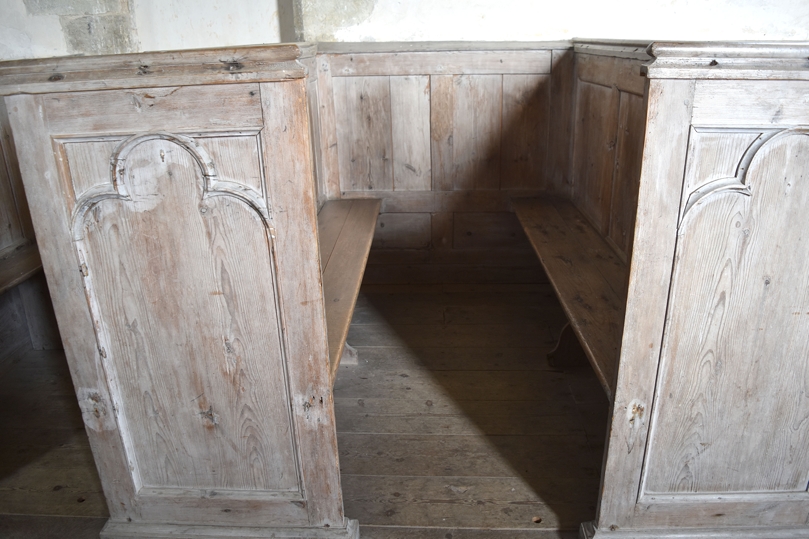

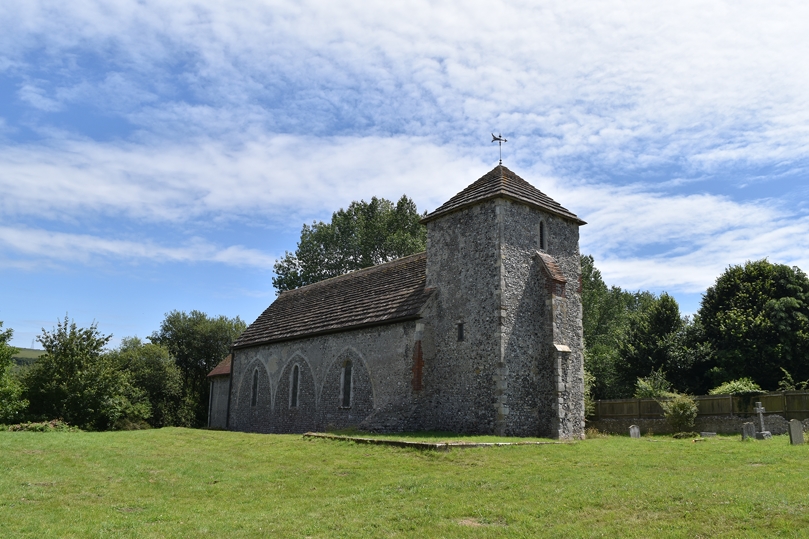

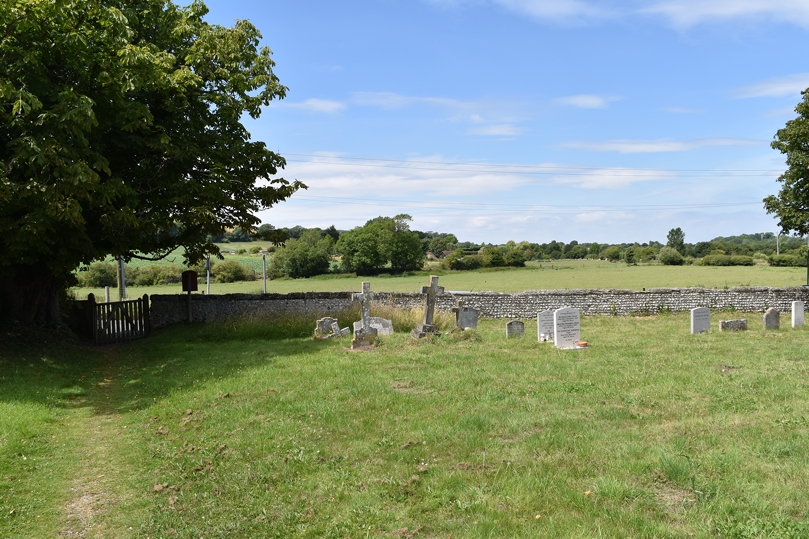

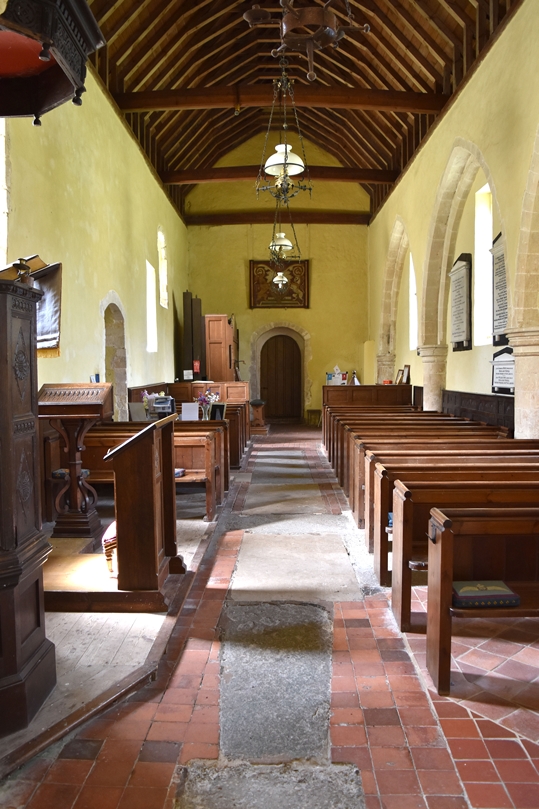
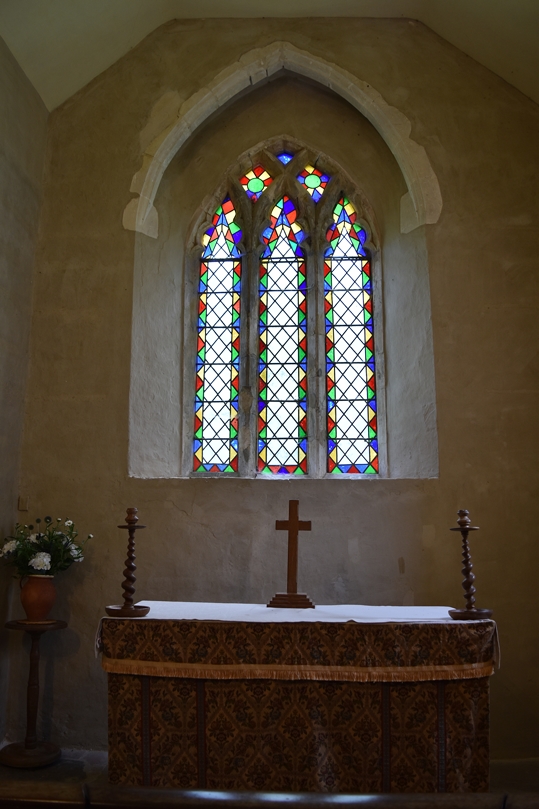
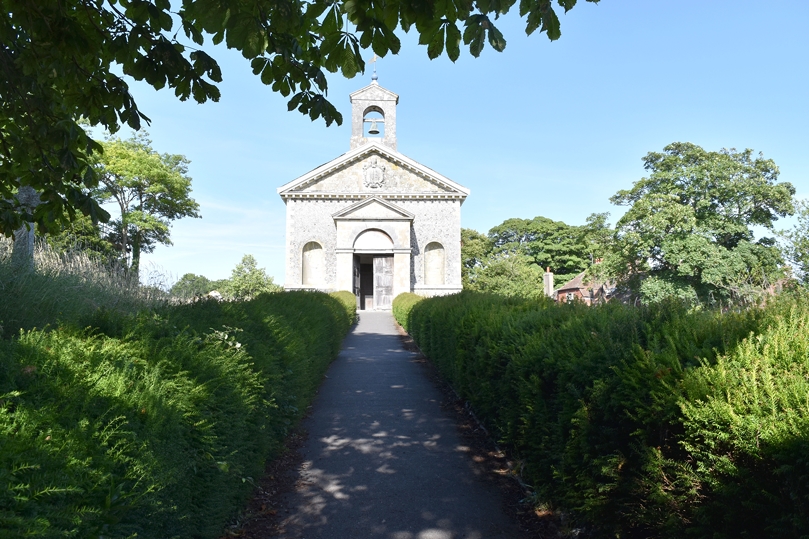
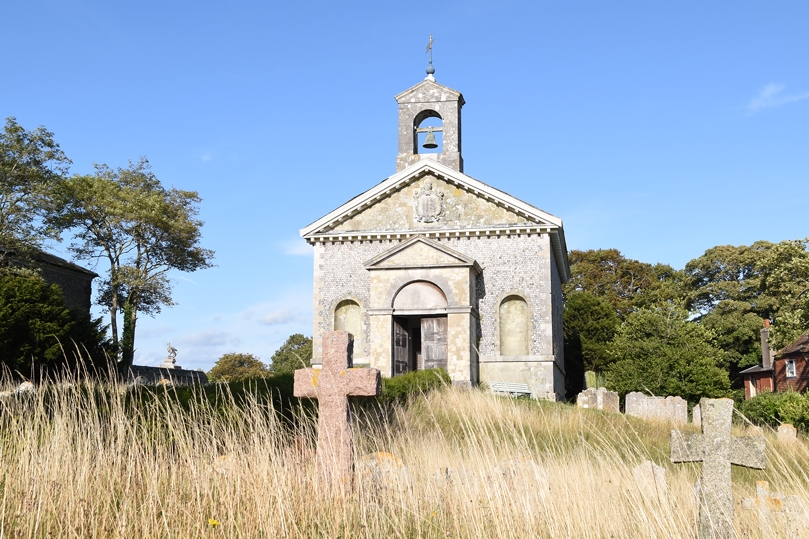

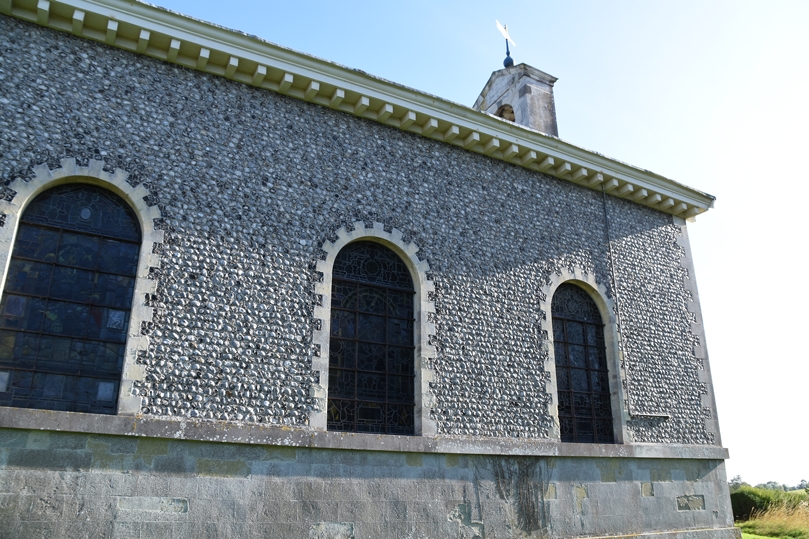
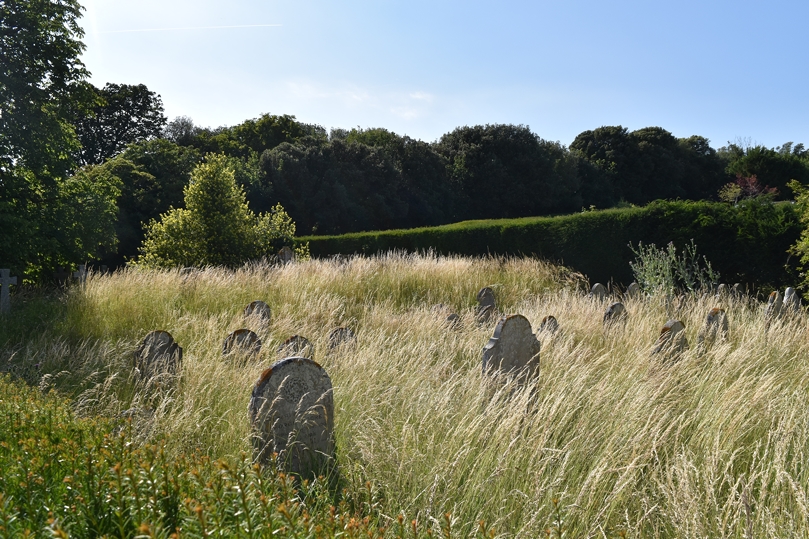
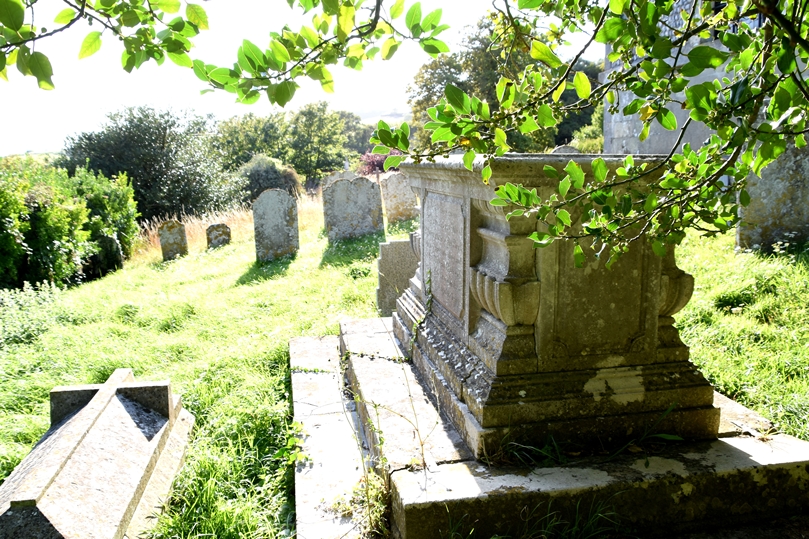
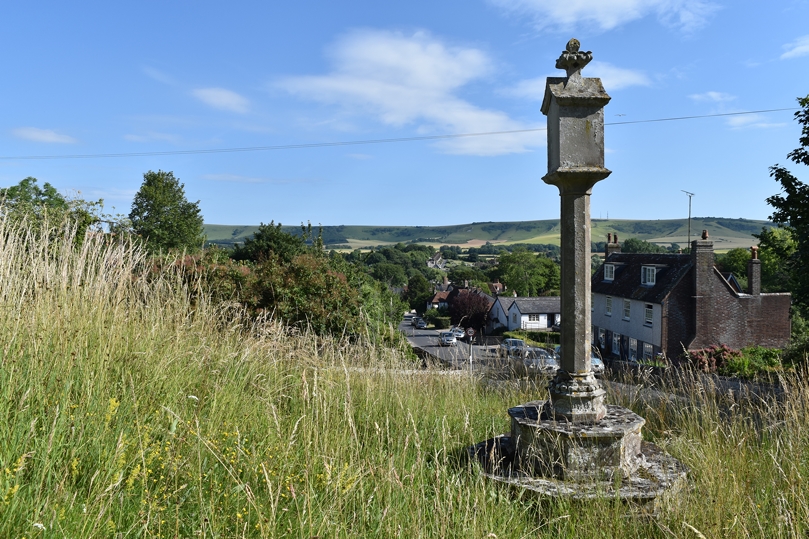
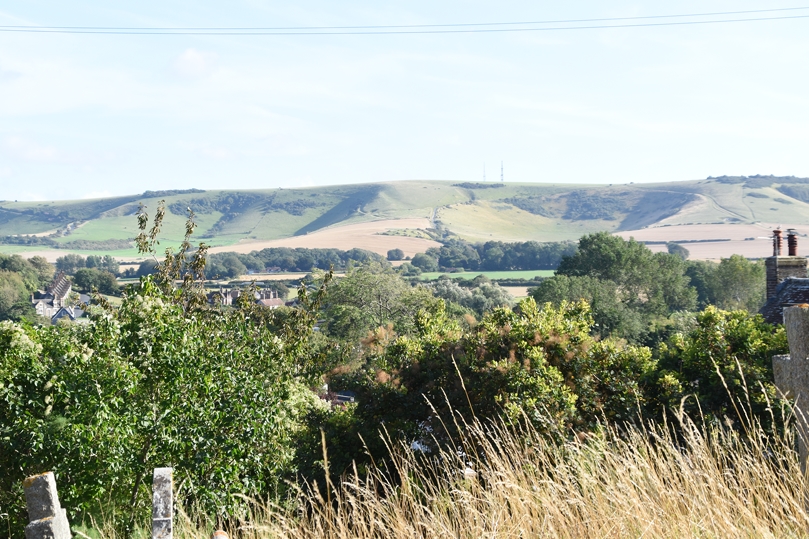

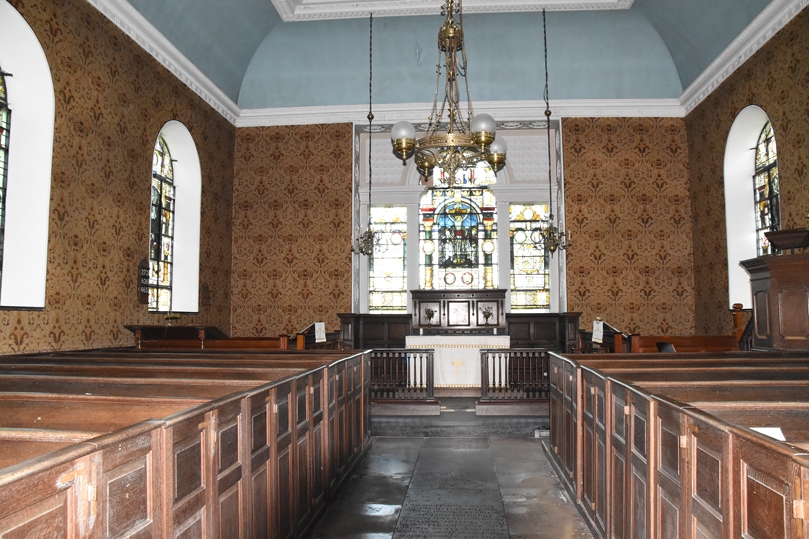
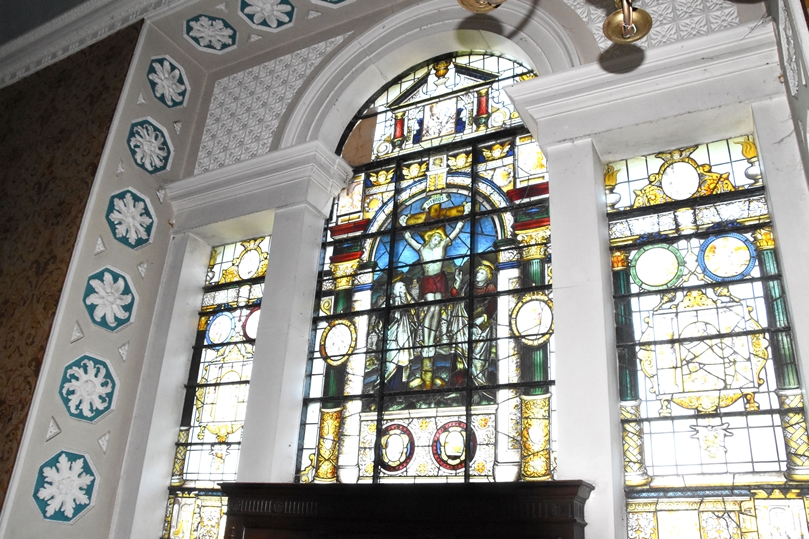
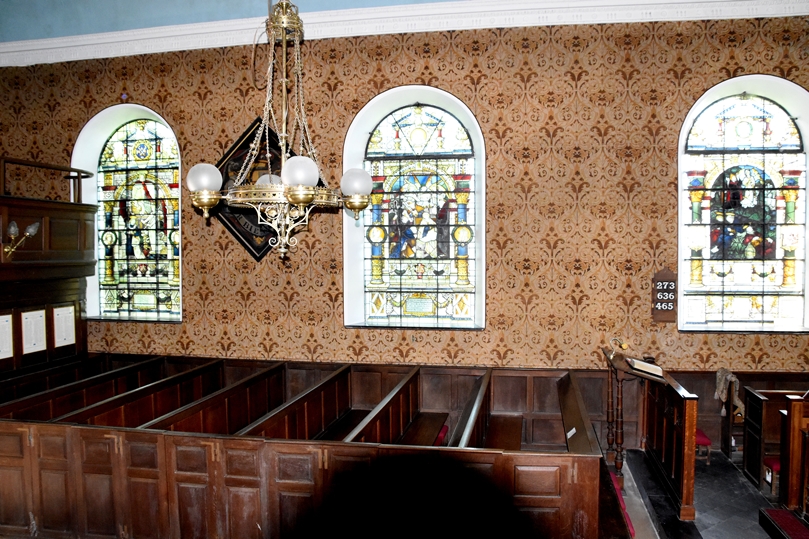
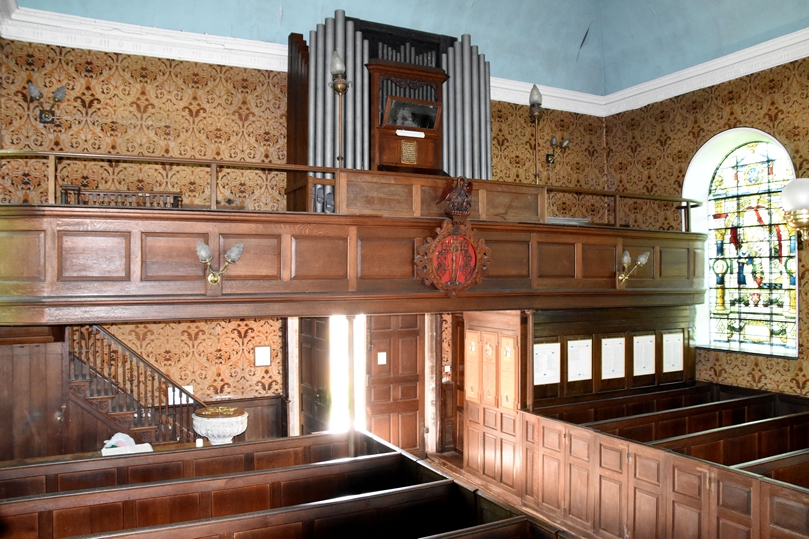
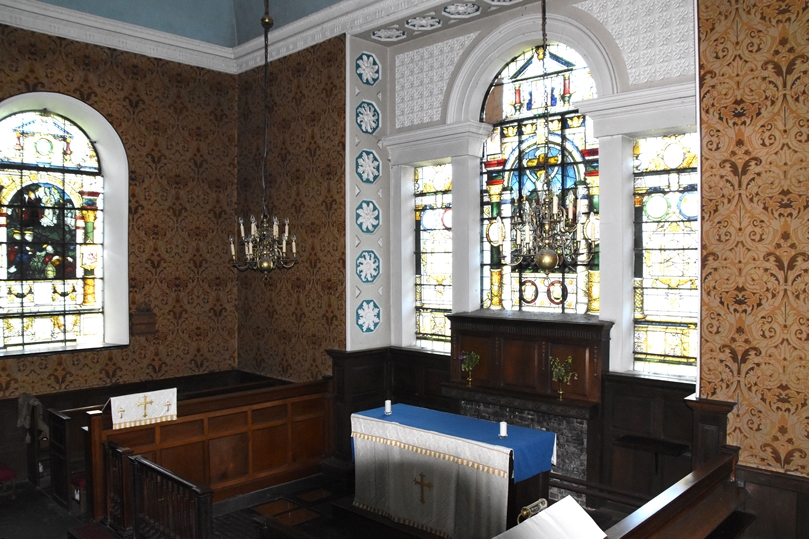
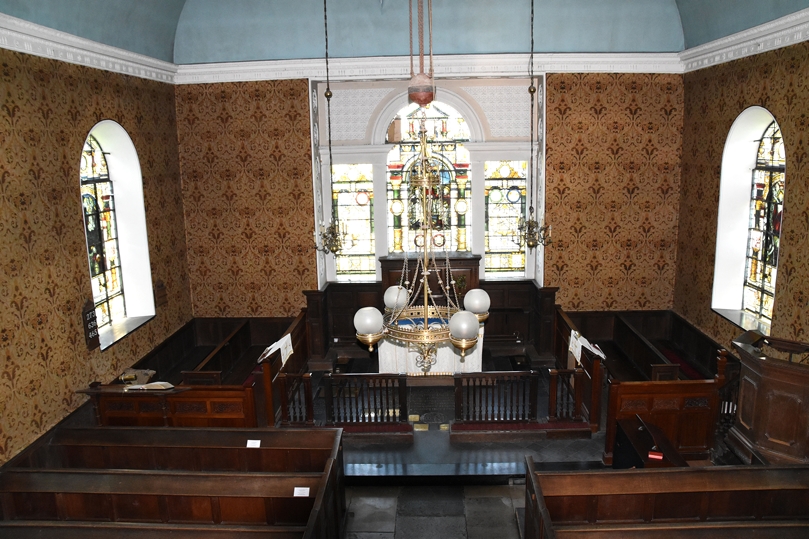

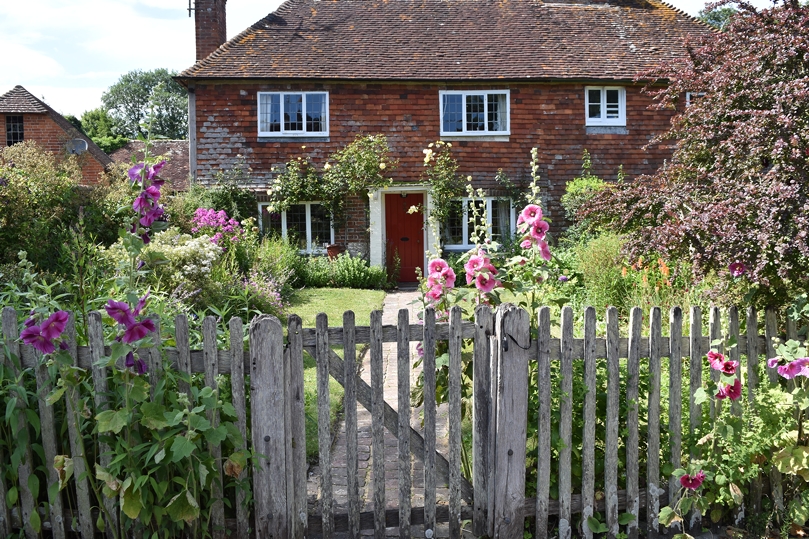
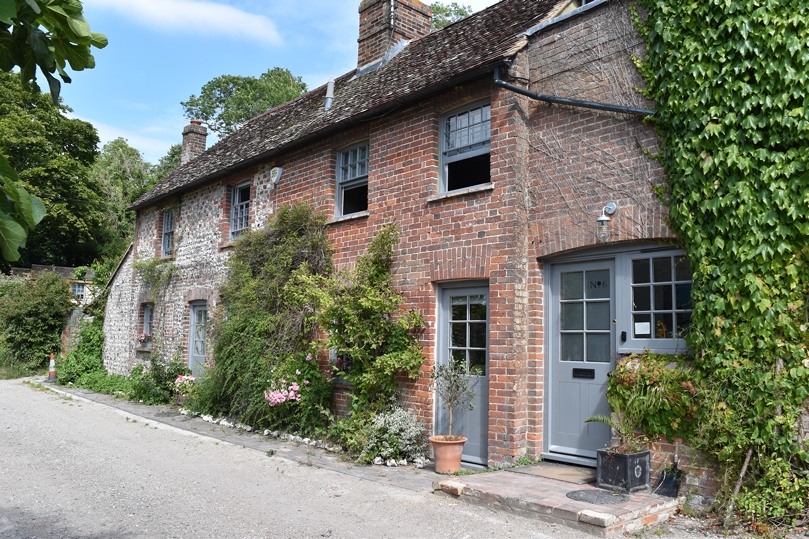
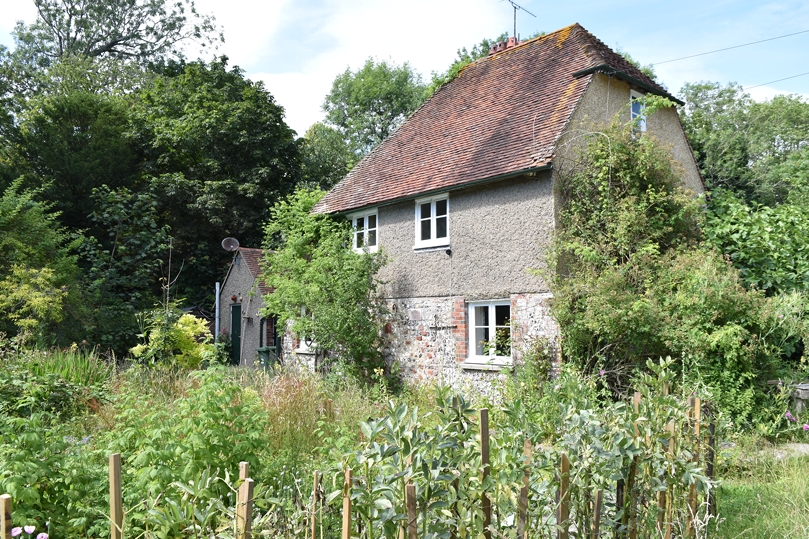
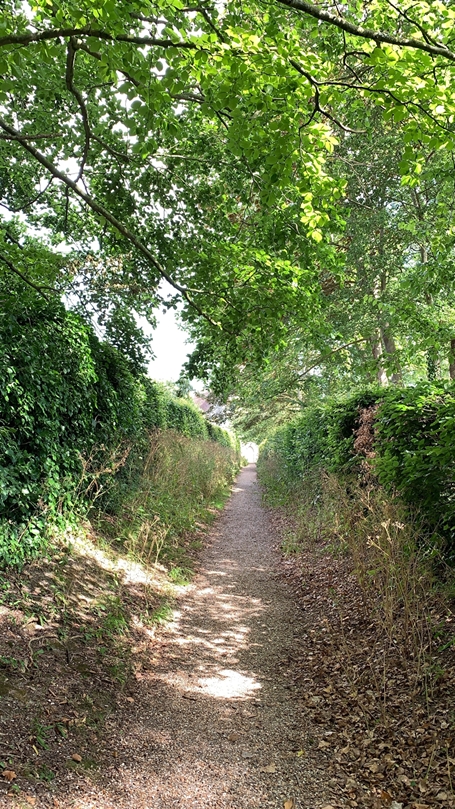

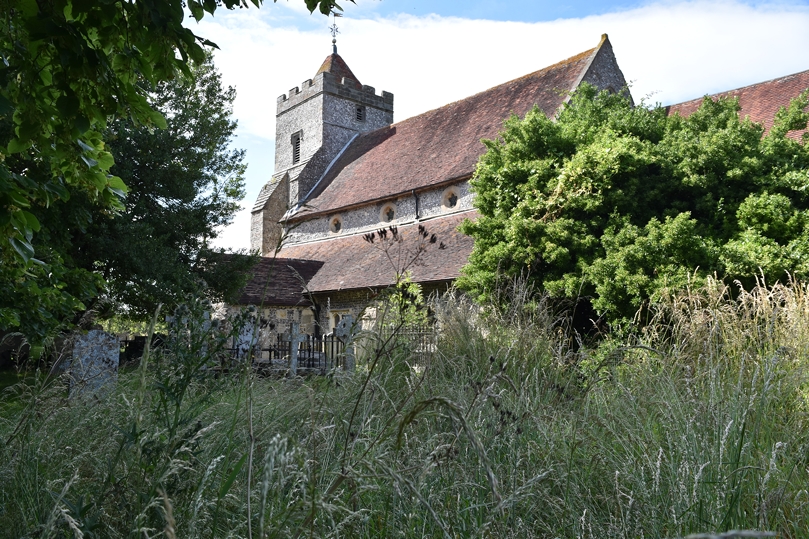
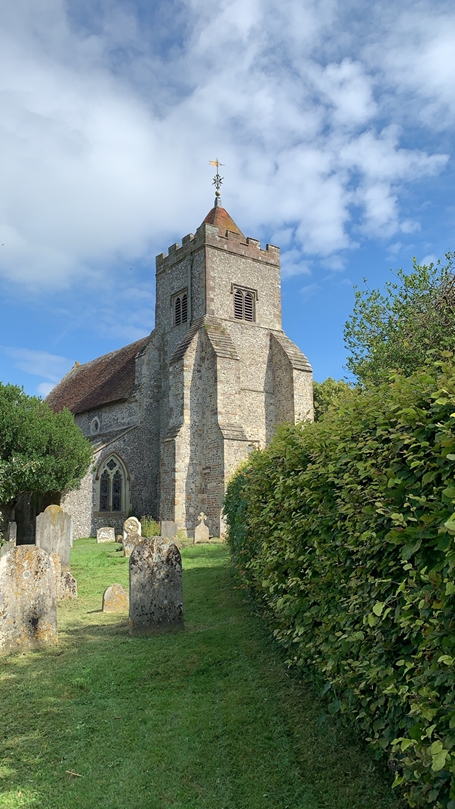
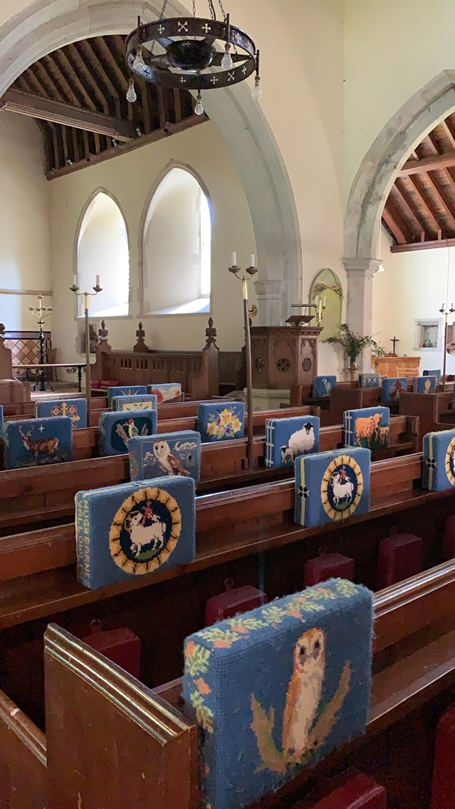




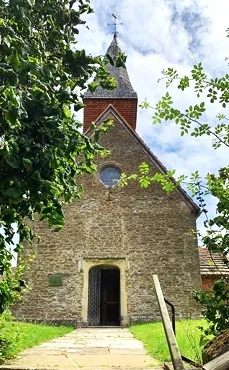






Day 4 included a visit to Great Dixter gardens. Given that it’s a fair schlep to Great Dixter, I identified three beautiful Kent churches to visit in the vicinity.